Making a Difference in Your Own Backyard
By Kathy Reshetiloff
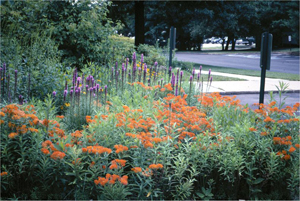
Spring has sprung and if you’re like me, you’re turning your thoughts to your yard. This year, as you’re selecting new plants or planning a new bed, consider using native plants instead of the same old landscape species.
Go Native
Native plants are those plants which have evolved in a particular region. Natives are already adapted to your local soil and weather conditions, and often fair than plants from other regions, states, or countries, generally requiring less watering and fertilizing than non-natives. Natives are often more resistant to insects and disease as well, and so are less likely to need pesticides. This is good news for both the environment and the gardener.
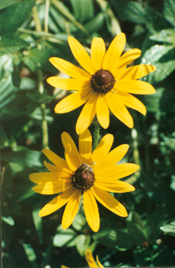
Avoid Invasive Plants
The majority of invasive plants are also non-native. Native plants generally considered those that were present to North America prior to European settlement. Because of certain qualities, invasive plants are hard to control and often spread aggressively beyond your yard. These qualities include: spreading by runners or rhizomes; producing large numbers of seed; and dispersing from the parent plant through various means, including wind, water, wildlife and people.
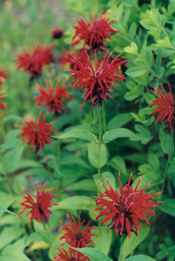
Go Wild
Is your property a haven for birds and butterflies, or is it a monoculture of lawn? Our wildlife needs sources of food and water as well as places to rest, hide, and nest. You can create wildlife habitat AND reduce the amount of mowing you do by converting portions of your lawn into planting beds. Choose native plants that are adapted to your local site conditions (sun, soil type, and moisture).
To ensure the best success for wildlife, choose plants with the following wildlife needs in mind:
- habitat - select a small number of plant species and plant them together, create vertical diversity by using plants with a variety of mature heights
- food - include plants that provide seeds, berries or nectar
- water - consider adding a water feature like a birdbath.
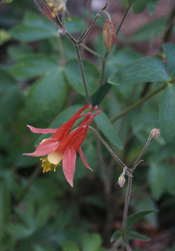
The Big Picture
Replacing turf has additional benefits for both the environment and the gardener. The most obvious benefit is that the less grass we have, the less we need to mow. This saves us time as well as gas, reducing the amount of air pollutants we produce.
By replacing portions of our lawns with native trees, shrubs and perennials, we reduce the amount of chemicals and water we need to use. Deep rooted plants, such as most trees, shrubs and perennials, are able to make better use of rain water than typical lawn grasses, and so require less watering once established. These deep rooted plants are also better at trapping and removing nitrogen and other pollutants from rain water.
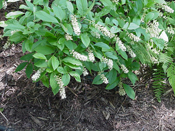
Dream Big, Start Small
Make a scale drawing, and sketch out your existing trees and other plantings. Look for ways to connect isolated plantings, and to reduce the amount of mowing you do. Plan to eliminate lawn that is only "used" while mowing. Design paths and seating areas. If you need a visual of where your new beds might go, mow areas you plan to keep in grass. The areas with longer grass would be your new beds.
When you are done planning, you might start by removing invasive or sick plants and replacing them with natives. Then pick a small, manageable area from your plan to convert. Select plants appropriate for your region and site conditions.
Resources to Help You
For help in selecting native plants for your yard, request a copy of “ Native Plants for Wildlife Habitat and Conservation Landscaping” by calling the U.S. Fish and Wildlife Service at 410-573-4500 or access the publication online at www.nps.gov/plants/pubs/chesapeake. For more information , check out the U.S. Fish and Wildlife Service’s BayScape website at www.fws.gov/chesapeakebay/Bayscapes.htm.
Back
|

